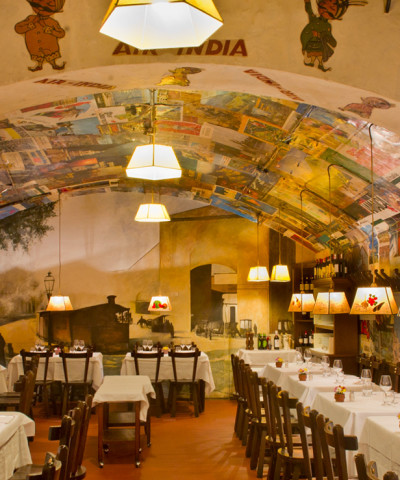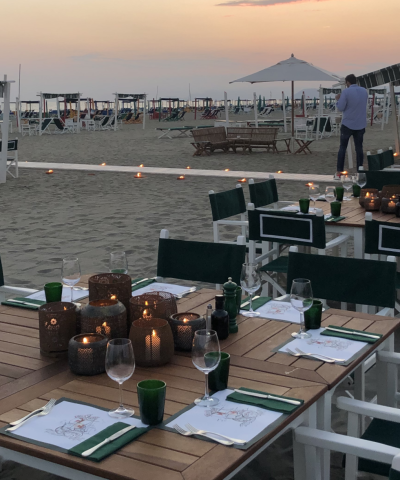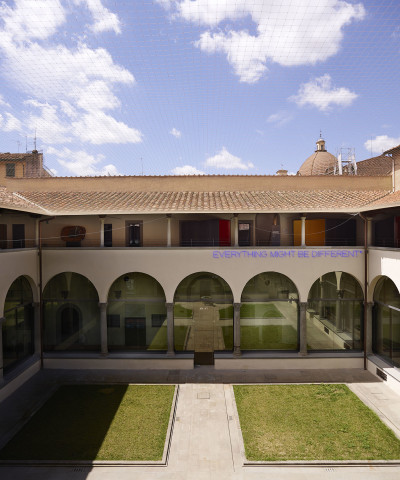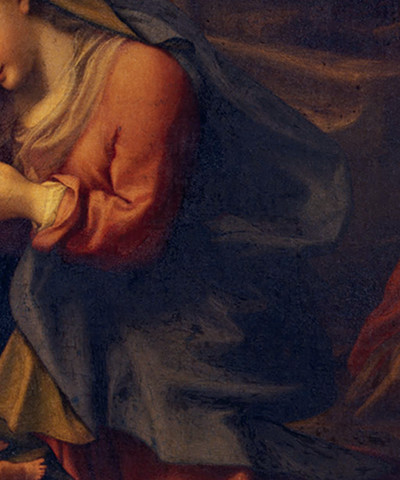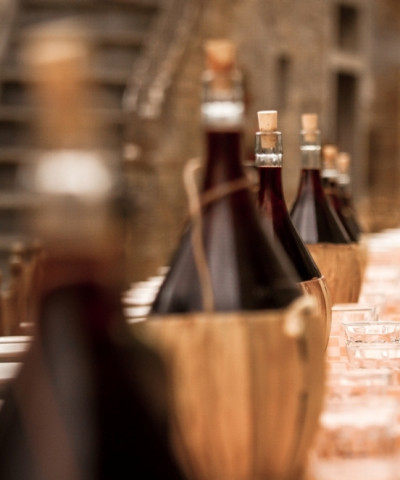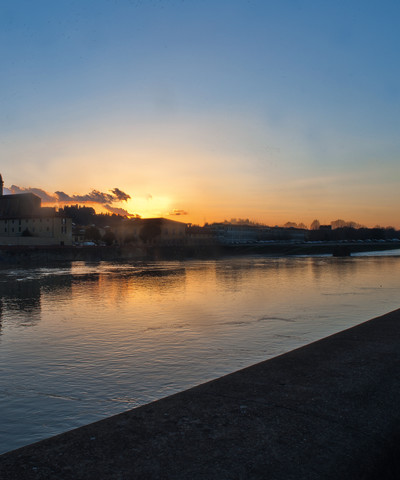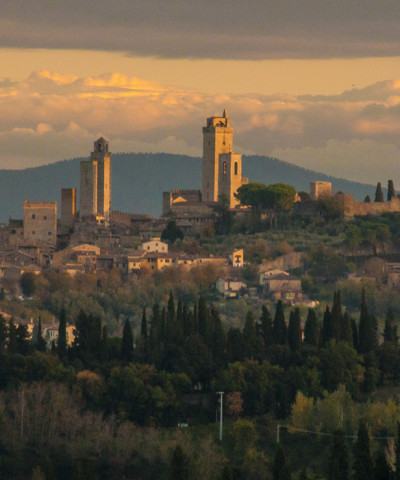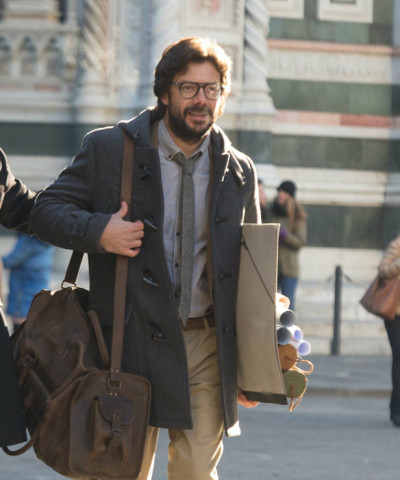A trip in Pisa
In the footprints of Galileo, 450 years after his birth
The 450th anniversary of the birth of Galileo Galilei presents an opportunity for a tour with a difference, away from the beaten tourist track in the maritime republic of Pisa. Galileo was born on 15 February 1564 in the house of his mother Giulia degli Ammannati, in the quartiere of Sant’Andrea in what is now via Giusti. The house is marked by an epigraph: son of Vincenzo Galilei, renowned musician and music theorist. Still visible near the house, in Piazza delle Gondole, is a small but picturesque reservoir called Porto delle Gondole, which in the past served as a terminus for the dense network of canals traversing the Pisa plain and used for the transportation of goods and passengers as far as San Giuliano.
The young scientist grew up near the river Arno and the business area of the city. Right from the start, as his pupil and biographer Vincenzo Viviani wrote: ‘he began to give proof of his lively genius, spending most of his free time fashioning, by hand, various instruments and machines’. It is not surprising, therefore, that Galileo was only 19 when he intuited the theory of the isochronism of pendulums by observing the swinging motion of a lamp in the cathedral in Piazza dei Miracoli. The lamp is conserved and can be seen in the adjacent Camposanto Monumental (Monumental Cemetery).
It is still worth stopping here to admire the frescoes of Buonamico Buffalmacco and Taddeo Gaddi as well as the chains of the port of Pisa, used to protect the port in 1290, during a battle against the Republic of Genoa. The Leaning Tower, itself in Piazza dei Miracoli, also featured in Galileo’s numerous studies on gravity, and these are remembered on an epigraph mounted on the right wall of the entrance to the Tower.
Another spot linking Galileo with his birthplace is the Palazzo della Sapienza, in via Curtatone e Montanara. Now home to the Faculty of Law, the Palazzo still conserves its characteristic courtyard with double loggia. Here Galileo taught mathematics. It was to this place that he returned after his stay in Padua where, while perfecting his work on lenses and the telescope, he wrote his Sidereal Messenger astronomical treaty. Unfortunately, the Palazzo cannot be visited today since it was left unsafe by the earthquake in Pisa on 29 May 2012.
Nevertheless, it is worth the trip if only to admire its impressive architecture and dimensions, for it is one of the largest buildings in Pisa.
The Domus Galileiana in Via Santa Maria, on the other hand, promotes studies and research on the work of Galileo Galilei. The Institute is open to the public and houses the original letter written by Galileo to Frà Paolo Sarpi, containing the first formulation of the law on falling bodies. Furthermore, it houses the originals of all of the most important editions of the works of Galileo.
Although Galileo never actually crossed its path, it is worth visiting Palazzo Giuli Rosselmini Guilandi, better known to the people of Pisa as the Palazzo Blu, where until 29 June it will host ‘Balle di scienza, Storie di errori prima e dopo Galileo’, an exhibition on all the ‘blunders, hoaxes and mistakes’ which have punctuated the history of science. The exhibition is organized by the University of Pisa in conjunction with the National Institute of Nuclear Physics and the Scuola Normale Superiore and it is one of the official events organized by the city to celebrate its illustrious son. Celebrations will culminate in September with the inauguration of the Galileiana citadel, a real Science Park in the area of the Vecchi Macelli, which will house an interactive trail and a huge green area for citizens and tourists.
For a break between one palazzo and another, here are a couple of suggestions to satisfy different needs. An ice cream demands a break at the Gelateria de’Coltelli, in Lungarno Pacinotti. The range of flavours is not large, but it is based on excellent local seasonal fruits, such as pine nuts and fiordilatte of sheep’s milk ricotta from the park of San Rossore as well as carob from Modica and almond from Avola in Sicily. For a longer meal break, there’s the Antica Trattoria il Campano, considered by many to be the best in Pisa. The trattoria is in an eighteenth century tower house and offers strictly Tuscan seasonal dishes with homemade pasta, an excellent choice of Florentine meats, tagliata and wild boar, and a cellar with more than 400 wines










